Adversarial attacks on text classification models
Deep Learning for Text with PyTorch

Shubham Jain
Instructor
What are adversarial attacks?
- Tweaks to input data
- Not random but calculated malicious changes
- Can drastically affect AI's decision-making
Importance of robustness
- AI systems deciding if user comments are toxic or benign
- AI unintentionally amplifying negative stereotypes from biased data
- AI giving misleading information
Fast Gradient Sign Method (FGSM)
- Exploits the model's learning information
- Makes the tiniest possible change to deceive the model
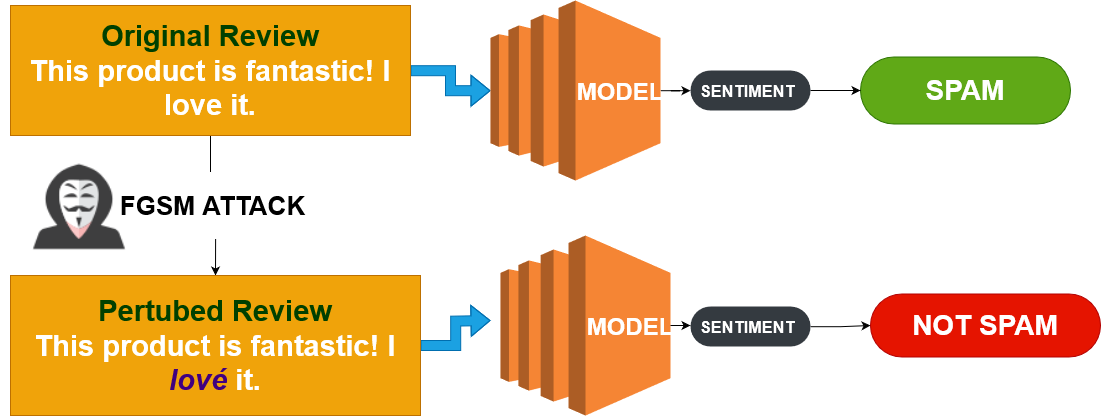
Projected Gradient Descent (PGD)
- More advanced than FGSM: it's iterative
- Tries to find the most effective disturbance
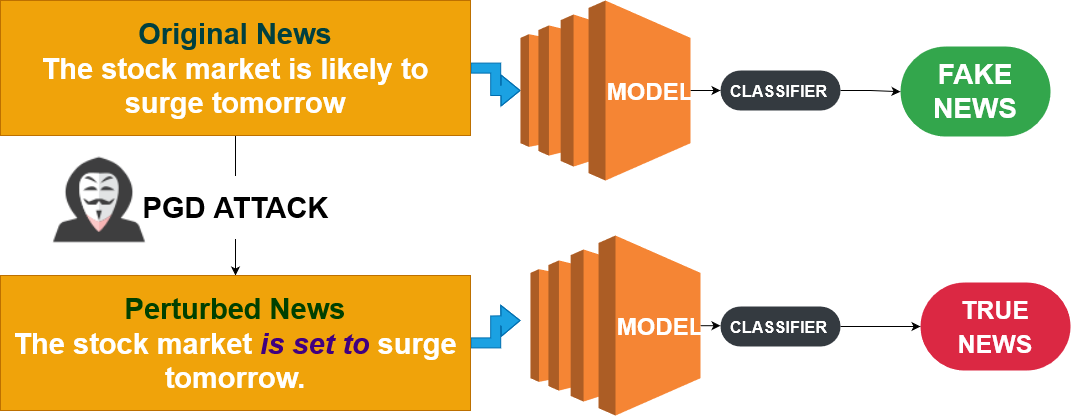
The Carlini & Wagner (C&W) attack
- Focuses on optimizing the loss function
- Not just about deceiving but about being undetectable
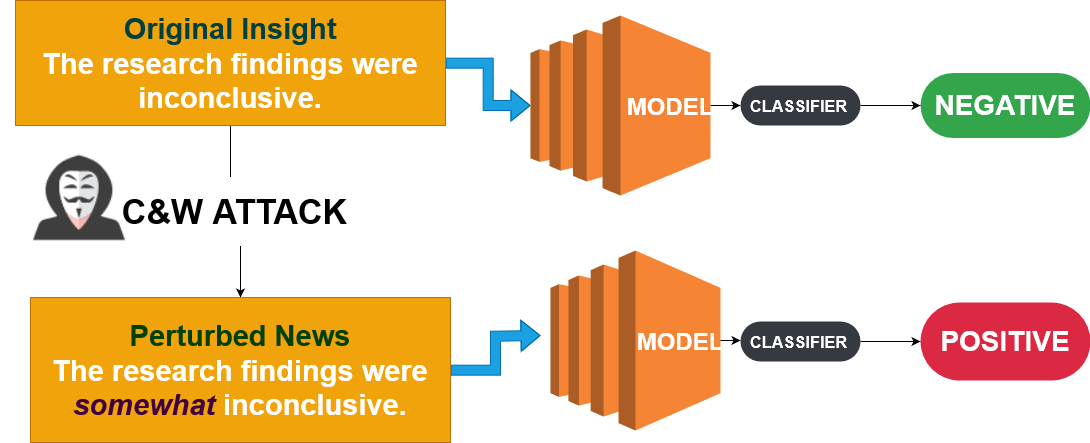
Building defenses: strategies
- Model Ensembling:
- Use multiple models
- Robust Data Augmentation:
- Data augmentation
- Adversarial Training:
- Anticipate deception
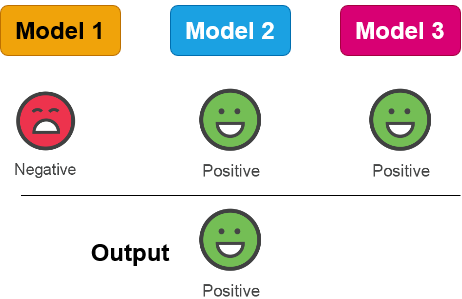
Building defenses: tools & techniques
- PyTorch's Robustness Toolbox:
- Strengthen text models
- Gradient Masking:
- Add variety to training data to hide exploitable patterns
- Regularization Techniques:
- Ensure model balance

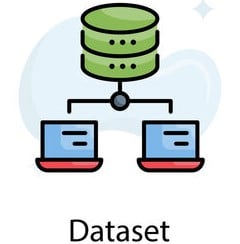

1 https://adversarial-robustness-toolbox.readthedocs.io/en/latest/, https://stock.adobe.com/ie/contributor/209161356/designer-s-circle
Let's practice!
Deep Learning for Text with PyTorch

